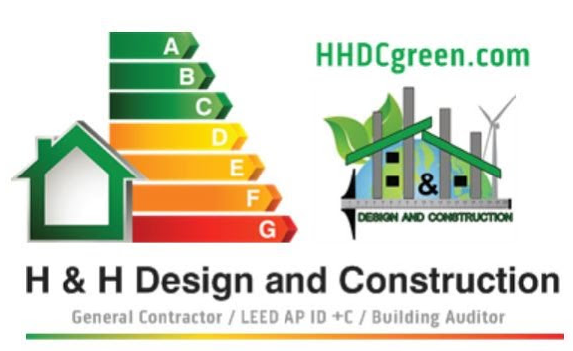Let me introduce you to the Millennials:
The Millennial generation, or Echo Boomers, is those born between 1980 and 1998. They represent anywhere between 70 and 95 million U.S. consumers. Described as educated, diverse, creative, technologically advanced, connected and open to change, they are the first generation to grow up with the Internet and other forms of digital media, they are probably the most educated generation in the United States’ history. Going through so many challenges: underpaid salaries, uncertainty in the job market, massive amount of student loans caused them to delay their marriage, families and home-ownership, but also, it defines their character to pursue the American Dream.
Millennials and the Housing Market:
Millennials are labeled as the next generation to turn around the housing market with their unique style and high-tech preferences. They will account for an astounding 75-80% of owner-occupied housing sales by people under the age of 65 before the year 2020. According to Dr. Stan Humphries, Zillow chief economist, by the end of 2015, millennials became the largest home-buying age group transforming the real estate market.
Millennials Ideal Homes:
The most significant factors for this generation in the selection of a new home are the following:
- Sustainable Communities: they will be looking for resilient, healthier and walk-able communities that will offer them everything: connectivity, workplace proximity, access to public transportation, safety, centers of entertainment and outdoor life. They want to a live a more conscious lifestyle, no worrying about transportation costs & commute time.
- Green Building: Millennials will prefer green building and homes that use sustainable practices, smart technologies and recycled materials. 20% under the age of 34 will choose green alternatives regardless of cost. They will be attracted by LEED or FGBC certified homes.
- Energy Efficient: a substantial 84% of them have strong preference for energy efficiency technology. The three most popular home features are: energy efficient appliances, security systems, and smart thermostats. Another energy savings options will include low-e windows, additional insulation, smart lighting, and home energy monitor. Also, homes certified under the programs Energy Star and ZERO energy will be demand.
- Smart Technology: a very important feature for them. They want smart home technology for comfort, safety and also, because of the money-saving potential, such as an automated climate control, remote home monitoring, lighting control systems and key-less entry doors. Remember, they live and breathe technology!
- Functional Space: they will look for “essential homes” smaller and more adaptive than conventional houses, thoughtful modern designs that maximize space and functionality.
To take advantage of the booming housing market, we must learn to meet the desires of this unique, clever and demanding Eco-conscious generation. Therefore, builders and contractors must rise to the challenge; parents of Millennials selling, should retrofit its conventional and inefficient dwellings; realtors and brokers, should familiarize themselves with the GREEN MLS, the EEM (Energy Efficient Mortgages) and certification programs such as LEED, Energy Star, FL Water Star, Indoor airPLUS, FGBC, Zero Energy Home Ready, to be at the forefront and to be able to identify smart implementations of a market that has already begun its transformation. Education is the key to conquer the change. For corporate education, individual consulting or implementation of green and efficient technologies in new or existing homes, please send an email: floridaleedap@gmail.com
By: Maria M Hernandez, LEED AP
Ciudad Weston Newspaper

